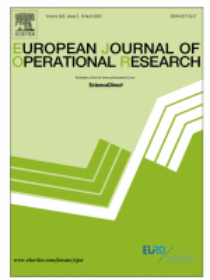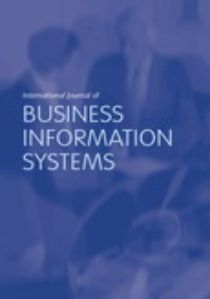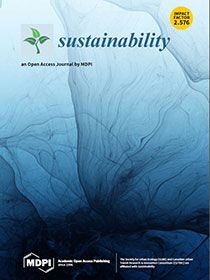The revenue model of mainstream online social networks and potential alternatives: A scenario-based evaluation by German adolescents and adults
Cornelia Sindermann, Nana Löchner, Rebecca Heinzelmann, Christian Montag, Roland W. Scholz
Technology in Society, Volume 77, June 2024, 102569
Mainstream Online Social Networks (OSNs) face extensive criticism for their revenue model and its negative consequences for users and societies. While experts often discuss alternative OSN models, little is known about potential users’ evaluations of different OSN models. To close this research gap, the present study investigates how non-expert individuals, i.e., potential users, evaluate mainstream OSNs and expert-proposed alternative models. Next to the general evaluations of different models, individual differences among users open to various OSN models were explored. Three OSN scenarios were created based on interviews with experts from academia and industry and presented to samples of German adolescents (N = 1166) and adults (N = 878): one describing the “status quo”, one “option” model similar to the model currently considered by Meta, and one describing a “public-service” broadcasting OSN. Participants rated each characteristic of the “status quo” scenario, indicated their willingness to pay for each of the three OSN models, and specified their preferred OSN model next to providing sociodemographic information. Replicated across both samples was that the “status quo” scenario received predominantly negative evalua�tions. Further replicated across both samples was that most participants were willing to pay for a “public-service” OSN and chose this model as the preferred one. Only a few significant relations of sociodemographic variables were observed. Consistently replicated across both samples, men rated various characteristics of the “status quo” scenario more positively, and women were more likely to prefer the “public-service” OSN. Some differences between the two samples also emerged. In summary, both adolescents and adults demonstrated receptivity to alternative OSN models, especially a public-service broadcasting OSN. Most sociodemographic factors had limited influence indicating potential widespread adoption if such an alternative was implemented – at least in Germany. Consequences arising from such a model for platform design, policy, regulation, and governance are discussed.




